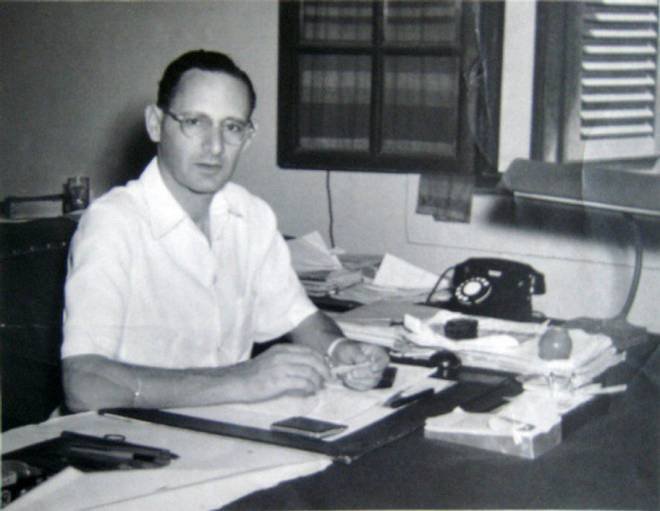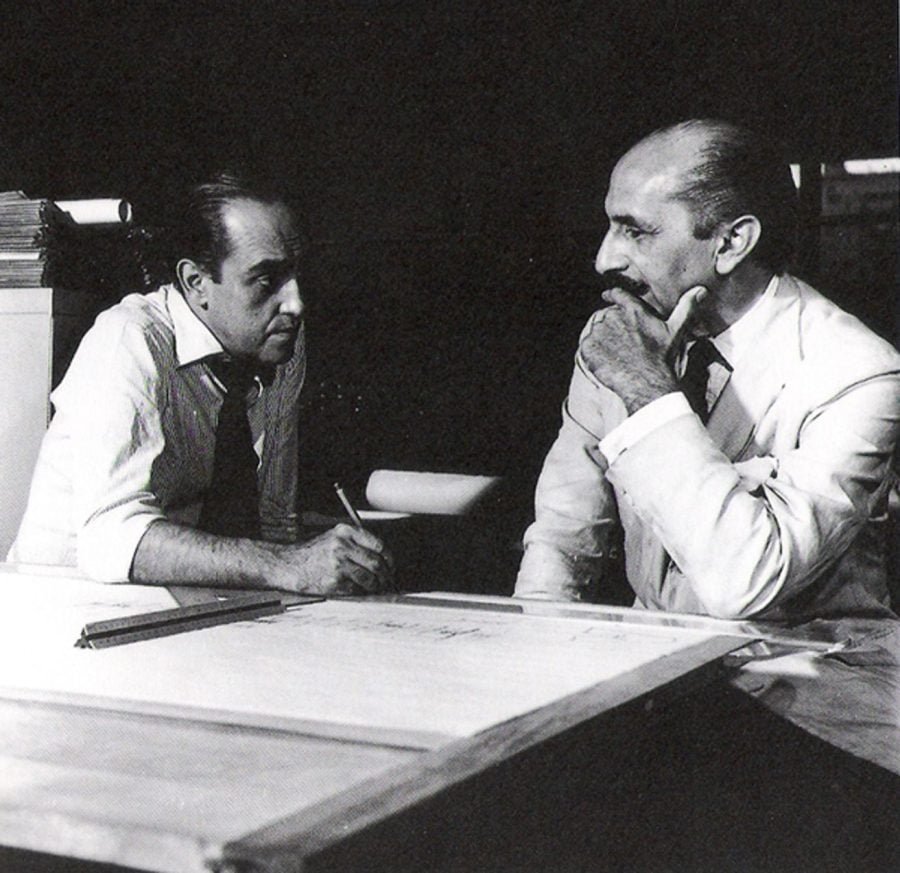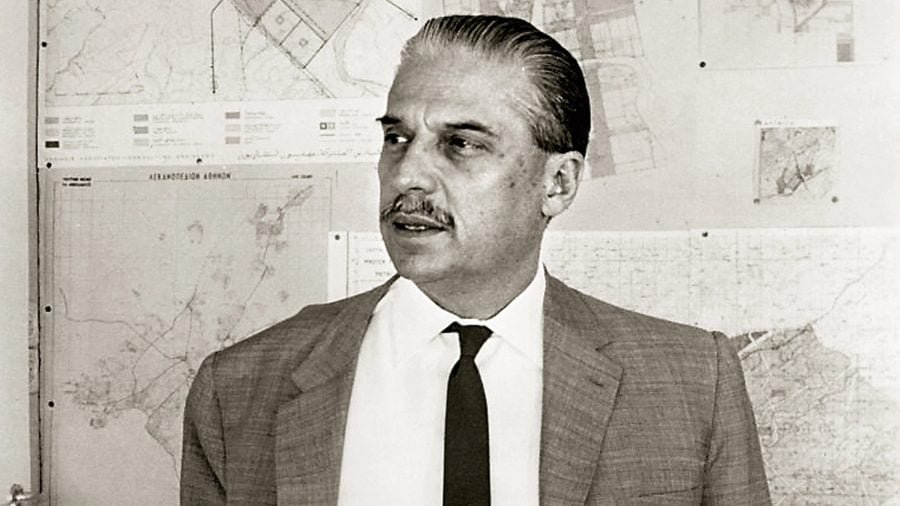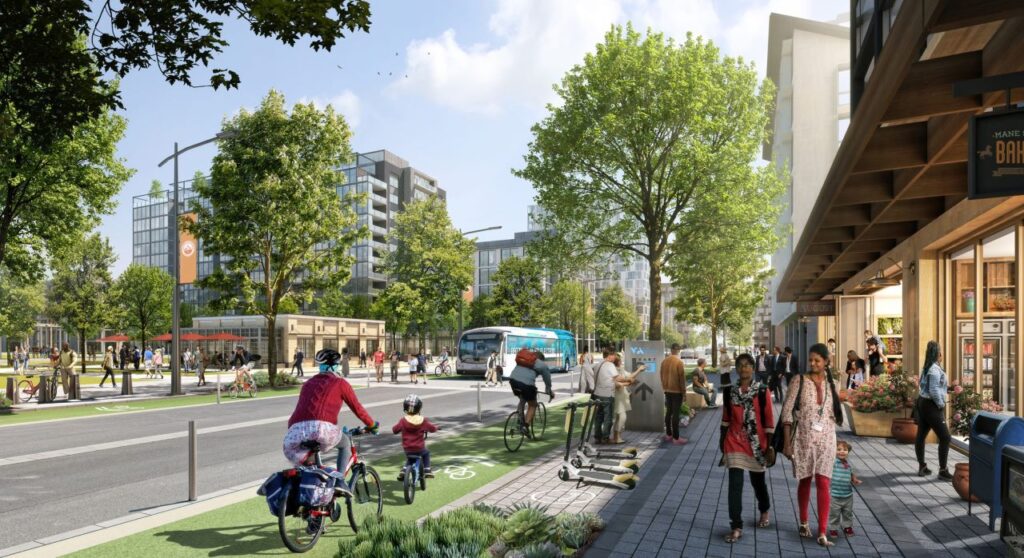Table of Contents
Introduction
In the realm of urban planning and architectural innovation, the legacies of Patrick Geddes, Otto H. Königsberger, Lúcio Costa, and Constantinos Apostolou Doxiadis stand as testaments to their influential contributions. From Geddes’ transformative urban planning for Tel Aviv to Königsberger’s dynamic work in India and beyond, from Costa’s groundbreaking design of Brasília to Doxiadis’ conceptualization of “ekistics,” each architect has left an indelible mark on the field. Let’s explore a concise overview of their backgrounds.
Patrick Geddes- Planning Visionary
Established by Patrick Geddes in 1925, the Geddes Plan for Tel Aviv is a noteworthy urban planning scheme that established the groundwork for the city’s growth. This planning primarily concerned an area in Tel Aviv known as the “Old North,” which is currently bounded by Ibn Gabirol Street to the east and the Mediterranean Sea to the west.
Patrick Geddes had a distinct plan for his city.
Known for his contributions to Palestine—especially his partnership with the Hebrew University of Jerusalem—Geddes put forth a creative idea for an urban planning project.
Building a “conurbation,” or cohesive grouping of towns, cities, and villages that blended contemporary and traditional elements to create a well-balanced urban framework, was his aim.
Geddes firmly believed that such spaces were not only important for the well-being of the residents but also more cost-effective to build and maintain than streets.
Geddes’ planning for Tel Aviv aimed to ensure the coexistence of various architectural styles and structures, favouring freestanding buildings that could be developed incrementally.
While the basic framework of Geddes’ planning remained intact, it underwent significant modifications before receiving official approval in 1938.
In retrospect, areas of Tel Aviv that adhered to Geddes’ principles of freestanding buildings and gradual development have shaped the city’s present-day landscape, characterized by detached medium-sized buildings surrounded by green spaces.
Otto H. Königsberger

Otto H. Königsberger, a prominent German architect and urban development planner, made significant contributions to urban development in Africa, Asia, and Latin America during his career with the United Nations.
Born in Berlin in 1908, Königsberger pursued his architectural education at the Technical University of Berlin, earning his degree in 1931. However, the rise of the Nazi Party compelled him to leave Germany, along with his uncle, renowned physicist Max Born. Königsberger later collaborated with Born on the illustration of “The Restless Universe,” a popular physics text published in 1935.
Notably, it was through Max Born’s connection with C. V. Raman that Königsberger found his way to India, where he was appointed as the chief architect and planner for Mysore State in 1939. His noteworthy architectural endeavors during this period included projects like the Indian Institute of Science, the Tata Institute of Fundamental Research, the bus station, the Serum Institute, and Victory Hall (later renamed Town Hall) in Bangalore. He also contributed to the town planning of Bhubaneswar and Jamshedpur, following the visionary lead of J. R. D. Tata. After India gained independence, Königsberger assumed the role of director of housing for the Indian Ministry of Health from 1948 to 1951, focusing on resettling those displaced by partition.
In 1953, Königsberger relocated to London, where he assumed the position of head of the Department of Development and Tropical Studies at the Architectural Association. This department would later evolve into the Development Planning Unit of University College, London. Königsberger served as a professor in this institution until his retirement in 1978.
Königsberger was a firm advocate of adaptable urban planning for developing regions, emphasizing the involvement of local communities and the incorporation of local techniques. He rejected the notion of imposing rigid, Western-inspired master plans on these areas, favoring a more flexible approach he referred to as “Action Planning.” He played a pivotal role as a senior adviser to the United Nations Economic and Social Council from the 1950s and was instrumental in the establishment of Habitat International in 1976, which he also edited until 1978.
Lucio Costa

Lúcio Costa, born Lúcio Marçal Ferreira Ribeiro Lima Costa on February 27, 1902, in Toulon, France, and passing away on June 13, 1998, in Rio de Janeiro, Brazil, was a celebrated Brazilian architect and urban planner best recognized for his outstanding contribution to the design of Brasília. Despite being of Brazilian descent, he spent his formative years in England and Switzerland before graduating as an architect from the National School of Fine Arts in Rio de Janeiro in 1924.
Costa’s career trajectory saw an evolution from an eclectic architectural style to the adoption of Modernism in 1929. In 1930, he entered into a partnership with Gregori Warchavchik, a Russian-born Brazilian architect, and later assumed the role of Director of the National School of Fine Arts. His authoritative administration there faced opposition, leading to his eventual resignation. Some of his notable works include the Brazilian pavilion at the 1939 New York World’s Fair, the Parque Guinle residential complex in Rio de Janeiro (1948), and the Pilot Plan of Brasília (1957), a groundbreaking project.
Costa’s most iconic achievement is undoubtedly his urban planning for Brasília, chosen through an international competition in 1957. The city’s layout, called the “Plano Piloto,” forms an irregular cross shape, resembling an airplane or dragonfly. The city’s construction started in 1956, and it was inaugurated on April 21, 1960, becoming one of the most prominent examples of Modernism in urban planning.
Brasília, though named a UNESCO World Heritage Site in 1987, has faced criticisms for its windswept, anti-pedestrian layout and insufficient street lighting.
Constantinos Apostolou Doxiadis

Constantinos Apostolou Doxiadis, often referred to as C. A. Doxiadis, was a notable Greek architect and urban planner, born on May 14, 1913, in Stanimaka, Bulgaria, and passed away on June 28, 1975, in Athens, Greece. He gained recognition as the lead architect and planner for Islamabad, Pakistan’s new capital city, in the 1960s.
The term “ekistics,” coined by Doxiadis in 1942, emerged in response to the growing complexity of human settlements, which were evolving into large regional conglomerations and even global cities.
Doxiadis also introduced the concept of “entopia,” derived from the Greek words “έν” (meaning “in”) and “τόπος” (meaning “place”).
In the 1960s and 1970s, Doxiadis was highly influential, addressing the U.S. After winning contracts during the Greek Junta, he was criticized by competitors and accused of being associated with the regime. His ambitious plans for Athens, such as an airport on the nearby Makronissos island, a bridge, a rail link, and a port at Lavrion, remained unrealized.
The Delos Symposium was discontinued, and the World Society of Ekistics, which he founded, faded into obscurity.
Conclusion
The narratives of these innovative architects—Patrick Geddes, Otto H. Königsberger, Lúcio Costa, and Constantinos Apostolou Doxiadis—intertwine, creating a mosaic of creativity, resilience, and enduring influence. Their steadfast dedication to rejuvenating urban spaces, embracing the unique flavors of each region, and fostering sustainable growth is beautifully evident in the cities and ideas they carefully crafted.




